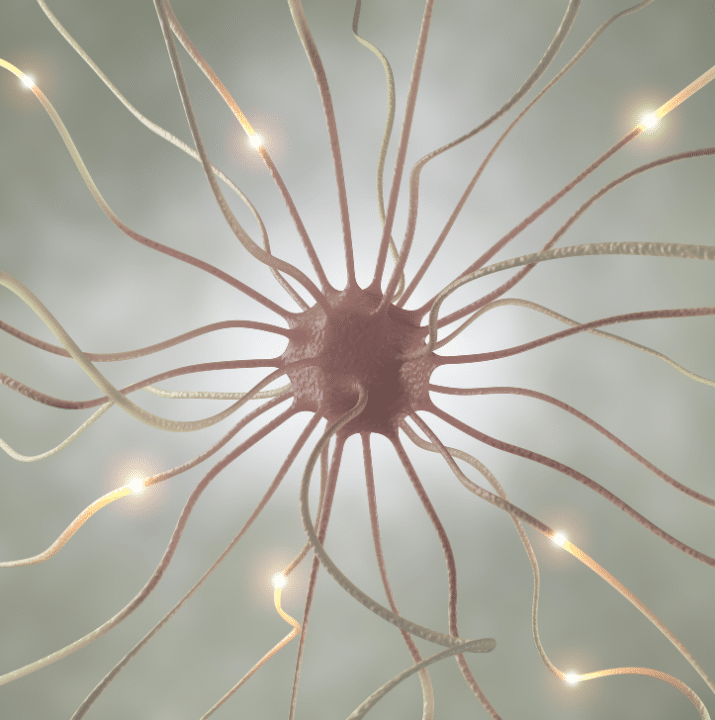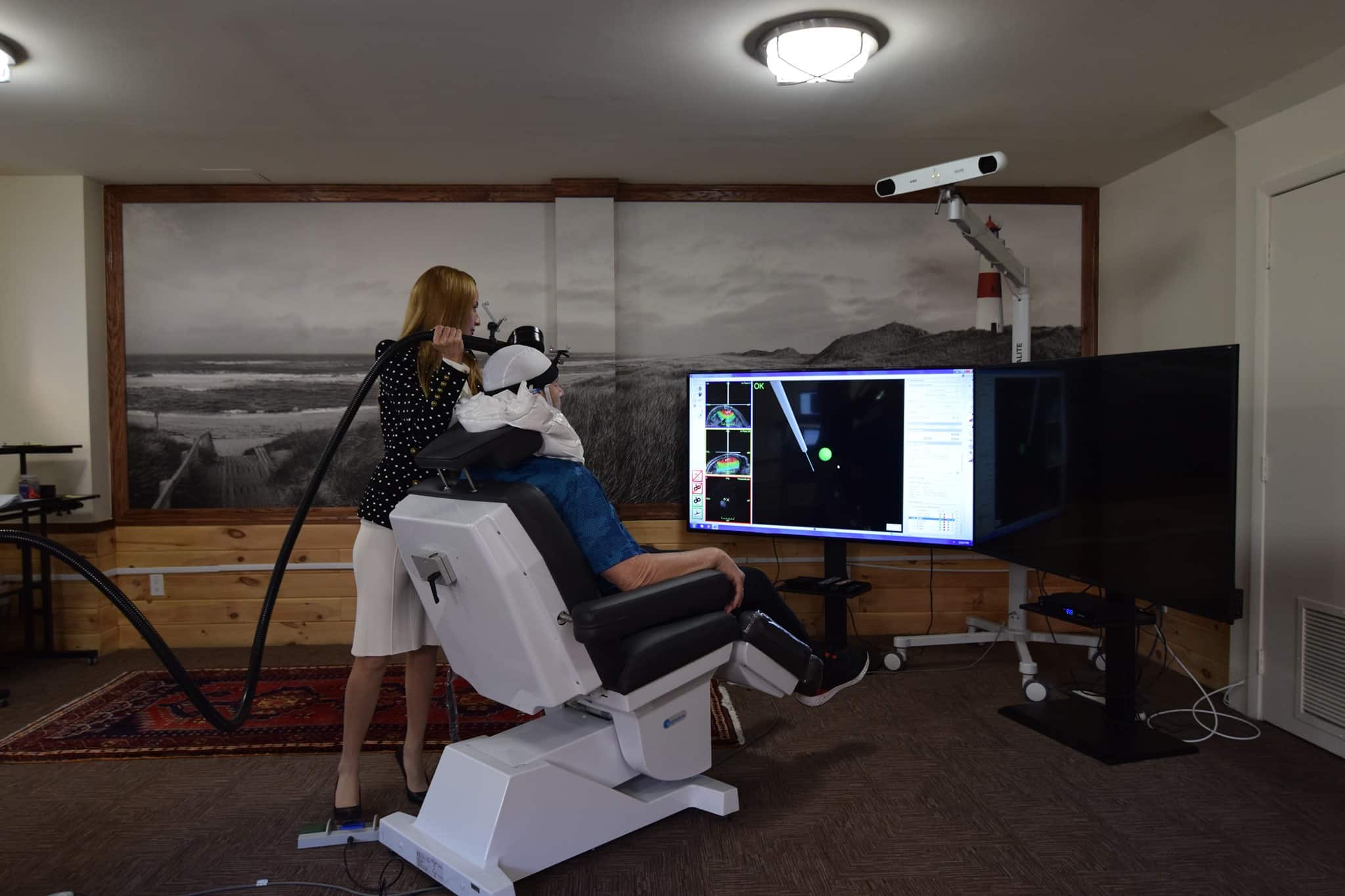
Contact Us

We offer a unique, innovative treatment for depression and anxiety right in Manhattan. Transcranial Magnetic Stimulation (TMS) is an FDA-approved, emerging treatment for a number of neurological and brain disorders. Normally transcranial magnetic stimulation takes a broad approach. It affects large areas of the brain all at once to change neurocircuitry. Our functional-guided TMS technique involves identifying the specific pathways that are causing symptoms and treating them with precise accuracy.
TMS has been approved by the FDA as a potential treatment for anxiety, depression, and obsessive-compulsive disorder (OCD). However, it has shown real results for patients with a variety of neurological disorders, brain disorders, and mental health conditions. Even those that have proven resistant to treatment. These treatable conditions include:

Neurotherapeutix has seen many patients reduce their symptoms and reclaim their lives through the use of fMRI guided TMS therapy. Reach out to us today to learn more from our experienced TMS providers. Our Manhattan, NYC TMS treatment center is located right near the border of the Upper East Side.
After an initial consultation, we arrange a meeting with our board-certified Manhattan psychiatrist to discuss symptoms and diagnosis. If both the patient and psychiatrist agree that TMS therapy is a good fit, we will schedule an fMRI brain mapping.
This is confirmed by multiple evidence regarding spontaneous brain activity gathered in the last several years, and its importance as a very sensitive biomarker of the health of the brain. DMN is one of the most important RSNs with a synchronized activity pattern indicative of its engagement with other networks.

An fMRI operator scans the patient’s brain at rest to make a custom brain map. Then, our algorithm helps us correlate brain activity with individual symptoms. Our TMS Specialist uses this brain map to guide them as they work, targeting brain regions as small as a grain of rice.
As they continue over the course of therapy, the TMS doctor will use fMRI to monitor patient progress and make any adjustments needed to optimize treatment. We can also see improvements before they become noticeable in everyday life.



Call us at (917) 388-3090 or click to request a regular or telehealth appointment.
Neurotherapeutix
171 East 74th Street, Unit 1-1 New York, NY 10021

Neurotherapeutix is the leading clinic for functional imaging guided transcranial magnetic stimulation (TMS), a safe, innovative, and non-invasive methodology for treating a wide range of acute and chronic mental disorders and brain injuries. Our advanced fMRI technology allows us to map the brain for the… Learn More »
By: Neurotherapeutix NYC
Reviewed By: Marta Moreno, Ph.D
Published: March 24, 2023
Last Reviewed: September 27, 2024
QUICK INQUIRY
Contact us to get an estimate for your medical services requirements. You can fill in the form to specify your medical requirements or you can call us directly.